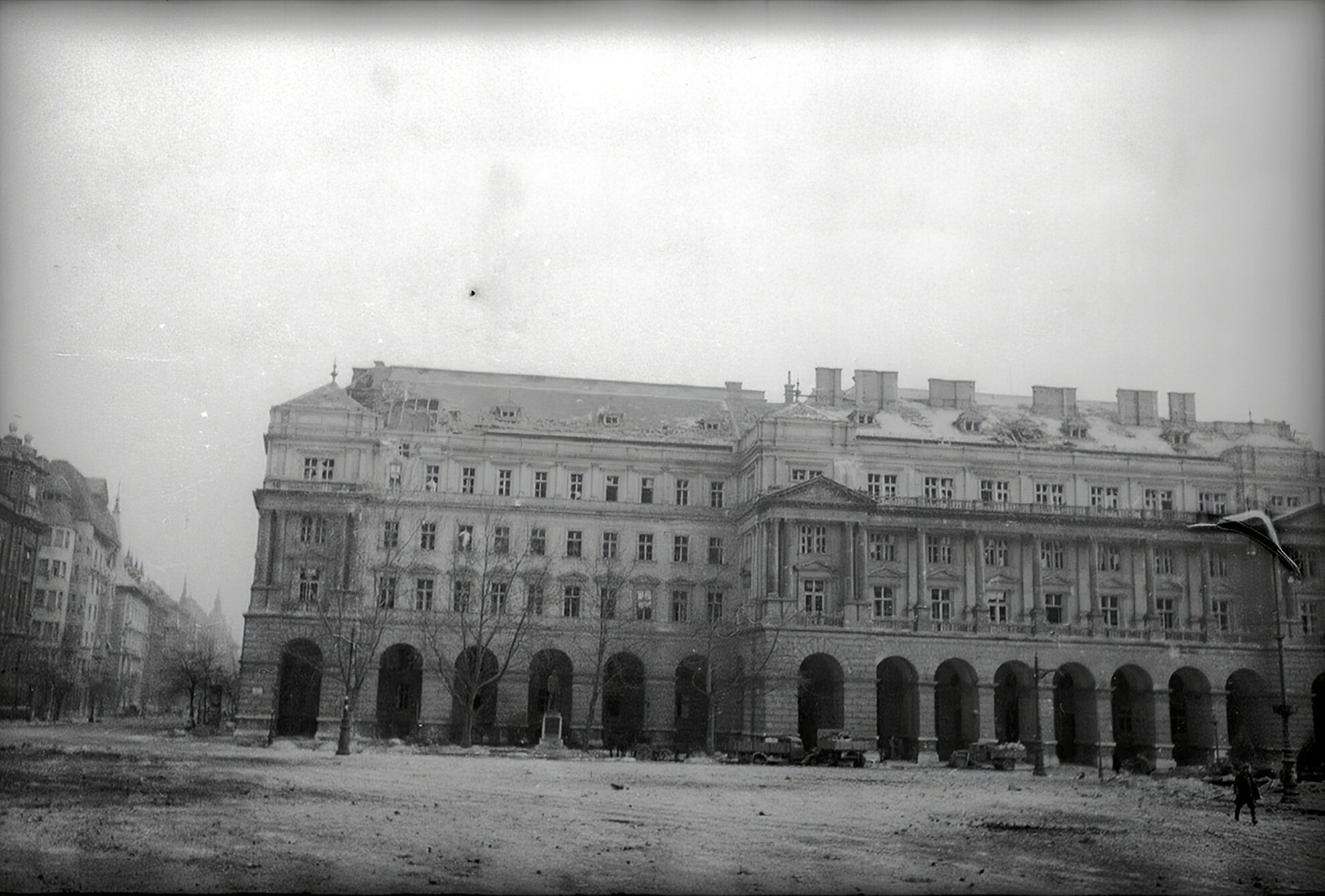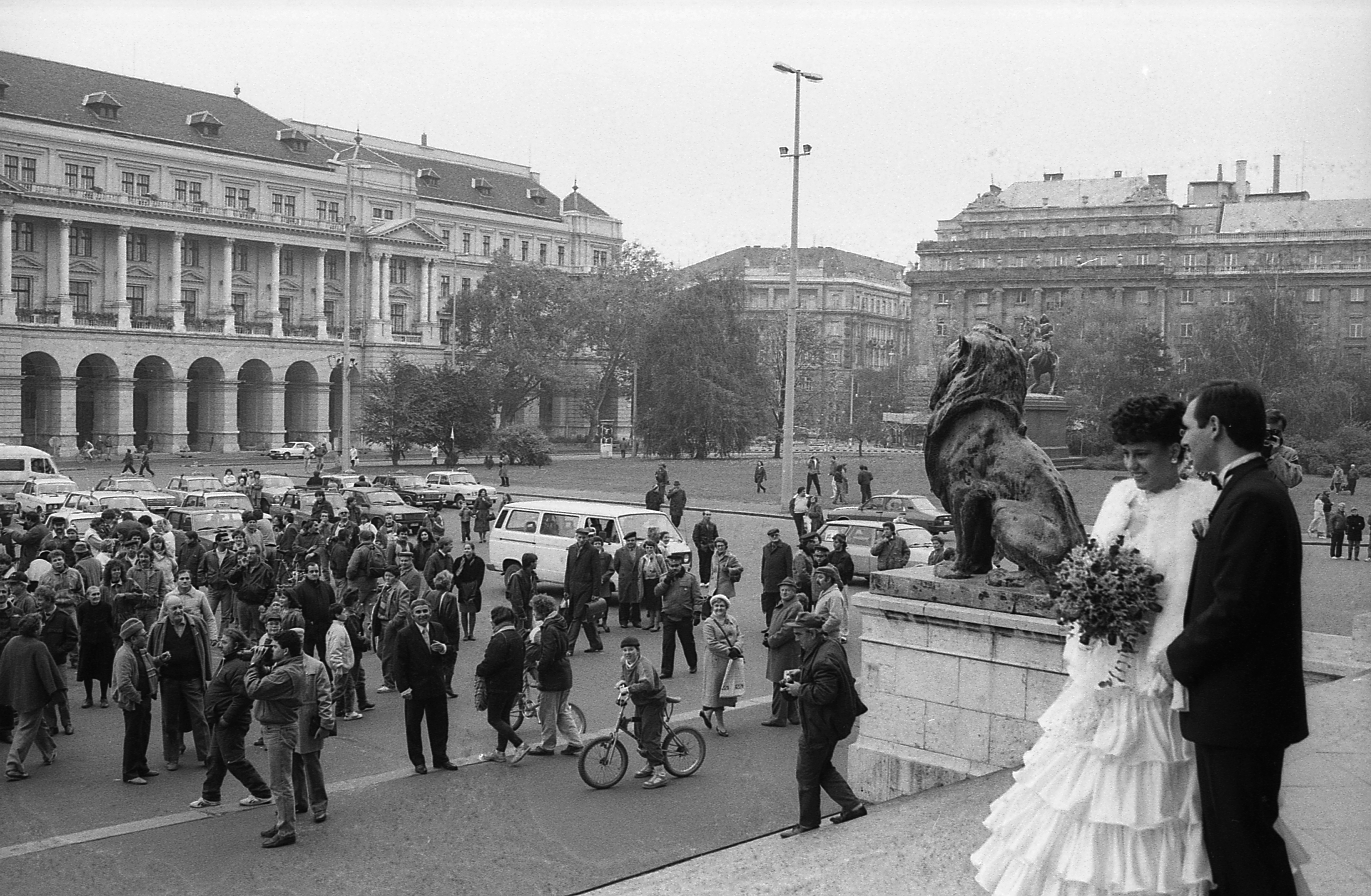Backdropped by Parliament, an unconventional renovation project will be carried out which pushes the boundaries of heritage reconstruction in order to restore the historic palace of the Ministry of Agriculture to its former glory.
Founded in 1848, the headquarters
of the Ministry of Agriculture were the first public administration offices to be
built in Hungary during the Dual Monarchy. Opened in 1887, this historic
building needs renovation which will be carried out in the upcoming three
years.
The remodelling will certainly bring about a change of scenery to
Kossuth tér, as the works will include the partial demolition of the Italian
Neo-Renaissance building designed by Gyula Bukovics, a Viennese-born Hungarian
architect whose greatest mentor was none other than Miklós Ybl of Opera House
fame.
Válasz Online
revealed the reason behind this surprising decision: the once appealing
monumentality of the building has always been impractical and it could never
function adequately in accordance with its intended purposes as an office
space.
The ravages of time and unjust treatment have also left their marks on
the place. Ornaments of the façade were removed and two new storeys were added
to the structure in the 1920s.

Throughout its 130 year-plus existence, the
building was given several modernising facelifts but a full-scale renovation
has never been on the table – until now.
The team behind the project, Archikon Architects, are dedicated
professionals renowned for notable heritage reconstruction works such as the Párisi
Udvar and the Palatinus baths.
This current renovation project entails more
than just heritage reconstruction: interior alterations should enhance functionality
while a new multi-storey car park under the building will provide three levels
of parking for visitors. To successfully implement these refreshing ideas,
architects had to settle for the partial demolition of the building.
Following
up on this decision, most of the wings surrounding the inner courtyards and the
one overlooking Kozma Ferenc utca will be completely pulled down.
If there’s a silver lining to the demolition,
it’s that the building will finally get its well-deserved, full-scale renovation:
formerly divided corridors of the central courtyard will be merged and the
original ornamentation of the façade will return to its rightful place.
The
real cherry on the top is that the construction of a passage between Kossuth
tér and Kozma Ferenc utca will open up the most magnificent spaces of the
palace to pedestrians walking through its entry hall and central courtyard.




